Blog
A Variable Frequency Drive (VFD) is a type of motor controller which drives an electric motor by varying the frequency and voltage supplied to the motor itself. Common terms used for a VFD are adjustable speed drive, variable speed drive, AC drive, adjustable frequency drive, inverter, and microdrive.
Variable Frequency Drives (VFDs) are motor controllers that allow one-way current through diodes to control the frequency and voltage of electricity reaching a device’s electric motor. VFDs must be regularly maintained and share many of the same maintenance requirements as other electronic components and power supplies. They need cool and dry environments with minimal dust and disruption, and the connections must remain stay tight for consistent performance.
VFD Maintenance: Key Aspects
The three key tenets of maintaining variable frequency drives—keeping them clean, dry, and with tight connections—are relatively simple. However, owners and facility managers need to implement regular preventative maintenance and inspection processes to make sure each requirement is met.
Keeping VFDs Clean
VFDs fall under multiple National Electrical Manufacturers Association (NEMA) categories. Most VFDs are either NEMA 1 or NEMA 12. NEMA 1 VFDs are meant for indoor applications and have side vents to allow for better airflow. These vents provide some degree of protection against solid foreign objects, but they do allow dust to accumulate inside the unit and on the vents themselves. This can prevent heat sinks and circulating fans from cooling the VFD unit. They require regular cleaning so the material doesn’t build up enough to impede airflow or jeopardize performance.
In contrast to NEMA 1 units, NEMA 12 VFDs are closed units that are sealed against dust and debris.
Keeping VFDs Dry
Like most electronics, VFDs are vulnerable in the presence of moisture. Protecting storage spaces with dehumidifiers helps keep the ambient humidity level low enough to reduce the risk of corrosion. NEMA 12 units with sealed casings are safer from incidental drips and splashes but should still be regularly monitored to keep water exposure to a minimum.
NEMA 1 VFDs are even more vulnerable to water because they have open side vents. The open vents and unsealed cover mean that moisture can easily get inside the unit and cause corrosion. Even water dripping from a nearby dehumidifier unit can be enough to ruin the device, so it’s important to plan the space correctly and regularly inspect on-site VFDs.
Keeping VFD Connections Tight
Variable frequency drives require tight connections to perform. While the units themselves may not be moved very often, the connections may loosen over time due to mechanical vibration, heat cycles, or even incidental movement throughout long periods of time. Facility managers should have the connections inspected regularly to check for loose connections or overtightening, as over-tightening and re-torquing the connection screws can cause malfunctions similar to loose connections.
Each of these three requirements can be met by adhering to strict preventative maintenance schedules. Malfunctions develop over time and out of sight, so it can be difficult to troubleshoot electronic problems and uncover underlying issues with VFDs after something goes wrong. Regular inspections stop the problems from developing in the first place.
Function of VFD Maintenance
VFD maintenance ensures that the units stay safe from external factors such as water and debris, as well as faulty internal mechanics. Good maintenance practices include visual inspections, regular cleanings, connection checks, and replacing parts before they start to impede good performance. For example, the cooling fans need to be replaced every three to five years, and the main bus capacitors should be replaced every seven years. Maintaining both a diligent schedule and an accurate record of parts replacements is essential.
Aside from parts replacement schedules, general maintenance requirements can be broken down into weekly, monthly, and annual cycles:
Weekly
Over the course of every week, workers should be on the alert for unusual noises. At least once a week, inspectors should create a report with the details of the VFD’s environment, including the temperature and humidity, DC bus voltage and output voltage, and the current and frequency. That report should also document the VFD’s monitored temperature to provide long-term data about the device’s health and maintenance needs.
Monthly
Each month, the filters should be cleaned or replaced. This includes the filters for any dehumidifier units, general ventilation, and filters in storage cases for the VFDs.
Annually
Once a year, the VFDs should undergo more thorough maintenance. This includes:
- Cleaning the unit. Vacuum the vents and storage space, and clean or replace the filters. VFDs should not be cleaned with any solvents or water-based cleaning tools.
- Inspecting the parts. Tighten the connections and terminal blocks, check the power supplies, and refer to the parts replacement schedule for any needed work. The DC bus should also be checked with an oscilloscope to check the Vdc ripple, but only trained professionals should handle this step.
Benefits of Utilizing Preventative VFD Maintenance
Regular preventative maintenance helps all electronics run longer and provide more consistent performance. VFDs benefit from regular maintenance, especially if they have open side vents, that may allow foreign objects or moisture to contaminate the inside of the housing. This, in turn, minimizes replacement costs and critical failures that lead to unexpected downtime.
Maintaining the VFDs also allows them to perform with greater control and the capacity to meet different load requirements. Depending on your state and locality, your energy provider might also provide rebates for using and regularly maintaining variable frequency drives.
Preventative Maintenance Support From Renown Electric
Consistent preventative maintenance is a good practice for all electronic equipment, especially when it comes to electric motors and moving parts. Keeping VFDs clean, dry, and well-connected leads to better performance and fewer unexpected repair and replacement costs.
Renown Electric is here to help keep your VFDs in excellent operational condition. We have specialized in electric motor repairs and preventative maintenance services for over 35 years, and we serve companies around the globe. Our company is ISO 9001:2015 certified, and we provide high-quality electric motor services for the following industries:
- Automotive
- Energy and power
- Industrial manufacturing
- Governments
- Marine
- Oil and gas
- Railways and transportation
- Safety equipment
- Wastewater management
Contact us today to learn more about how we can help keep your electric motors and equipment running smoothly.

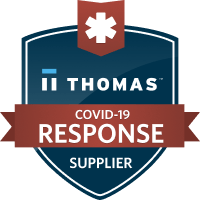

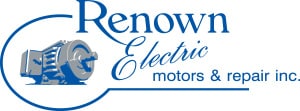
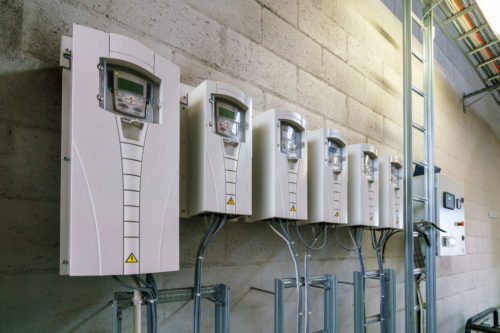
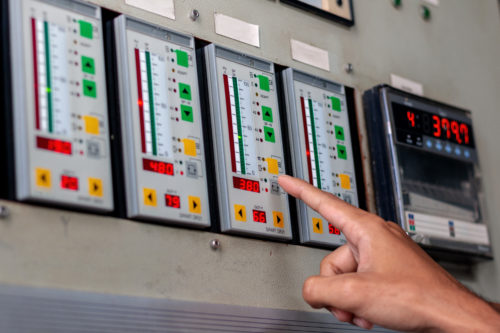
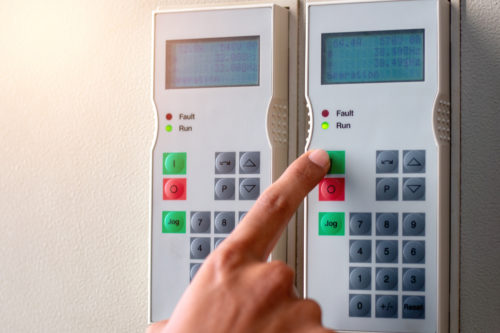
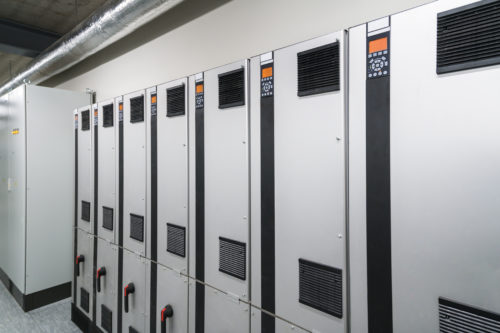



3 Comments
Kenneth Haywood
I very interested in how VFD’S work w/Hydraulic applications
Nilamadhab Sahu
kindly share VFD preventive maintenance manual
jworth
Hello,
please visit https://renown-electric.com/blog/everything-you-need-to-know-about-vfd-maintenance/ and https://renown-electric.com/landing-page/key-aspects-of-basic-vfd-maintenance/.
Thank you.